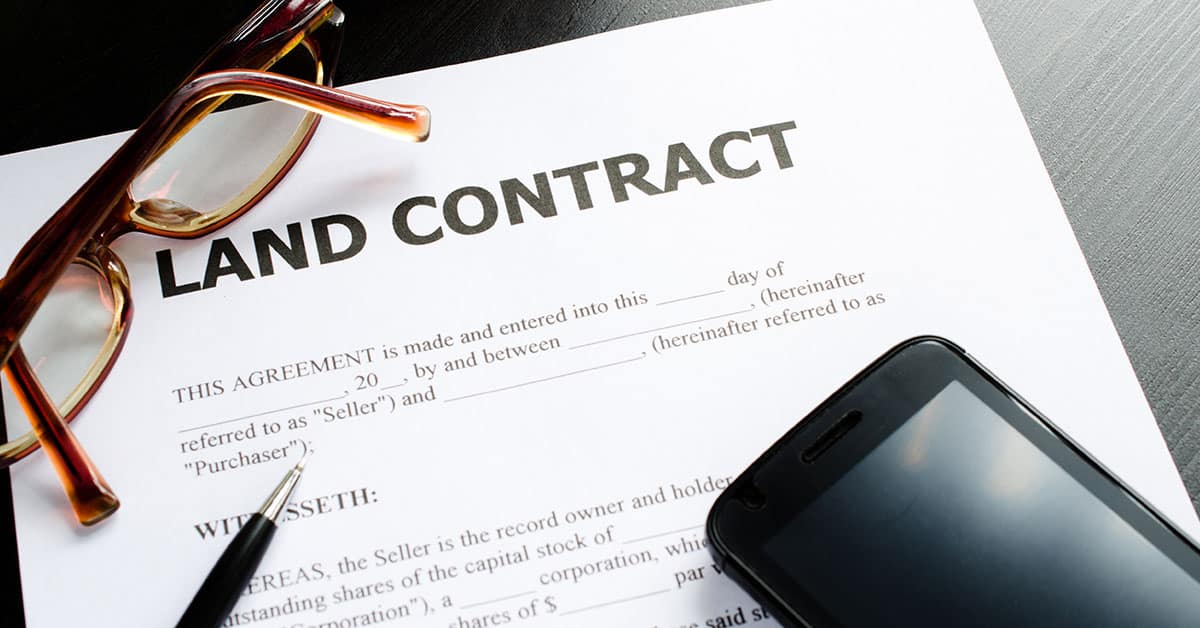Plaintiff has owned his house on the lake since 1994. Adjacent to plaintiff’s property on the north side of his parcel is defendant’s property, with the boundary line between the respective sides of the houses and lots being the subject of the dispute. Defendant purchased the lake house in October 2012, and developed a plan to raze the home and build a new house on the site, where they would reside after construction was completed. In 2014, the defendant obtained a boundary and topographic survey. The survey showed partial encroachments on defendant’s property – a deck and attached ramp connected to the north side of plaintiff’s house, which crossed the surveyed boundary line. This discovery set off a dispute between the defendant and plaintiff concerning the true boundary line, eventually leading to the litigation.
Plaintiff’s claim of adverse possession was predicated on the alleged existence of the encroaching structures for the requisite statutory period, as well as his maintenance of the disputed strip of land, from the road down to the lake, by way of planting flowers, weeding, fertilizing, watering, tree trimming, and general landscaping activities. Plaintiff’s claim of acquiescence was based on various landmarks and structures in the disputed area that allegedly had been treated as forming the boundary line between the parcels, i.e., railroad ties near the street, a rising stone retaining wall, beyond the northern edges of the deck and ramp, past the back of the shed, and then to the lake to a board at the seawall. There was no dispute that the surveyed line favored defendant’s position regarding the exact location of the boundary between the properties, which is why plaintiff was forced to rely on the doctrines of adverse possession and acquiescence to claim title.
Under Michigan law, parties may acquiesce to a new property boundary line. Acquiescence is established when a preponderance of the evidence establishes that the parties treated a particular boundary line as the property line.
With respect to plaintiff’s claim of acquiescence, the trial court rejected that theory of ownership.
The trial court ruled that plaintiff failed to establish the claim of acquiescence as a matter of law, because there was no evidence that defendant or its predecessors treated the alleged boundary as the true property line; there was no agreement, express or tacit. Plaintiff appealed.
The court of appeals found there was sufficient evidence to create a genuine issue of material fact concerning the claim of acquiescence. Plaintiff testified to what he considered to be the recognized or treated boundary line since he moved to the lake in 1994 (railroad ties, stone retaining wall, beyond sides of ramp and deck, back of shed, piece of wood at seawall), indicating that while no one had ever expressly agreed with him that this indeed was the boundary line, no one had ever attempted to stop him from conducting maintenance activities on his side of said line. And, according to plaintiff’s testimony, no one other than himself had maintained the disputed area since 1994. Plaintiff testified that not until September 2014, which is when he and defendant began communicating by email and phone regarding the 2014 surveyed line, had he ever had a conversation with anyone regarding the property line between his lot and defendant’s parcel.
Are you involved in a real estate dispute in Michigan? Our lawyers represent clients in a wide range of real estate litigation, including:
- Boundary disputes
- Neighbor disputes
- Purchase and sales disputes
- Residential real estate disputes
- Easement and access disputes
Our attorneys have litigated literally thousands of cases. We understand that litigation can be costly and time-consuming. We are focused on helping our clients resolve disputes in the most efficient and cost-effective manner possible.


